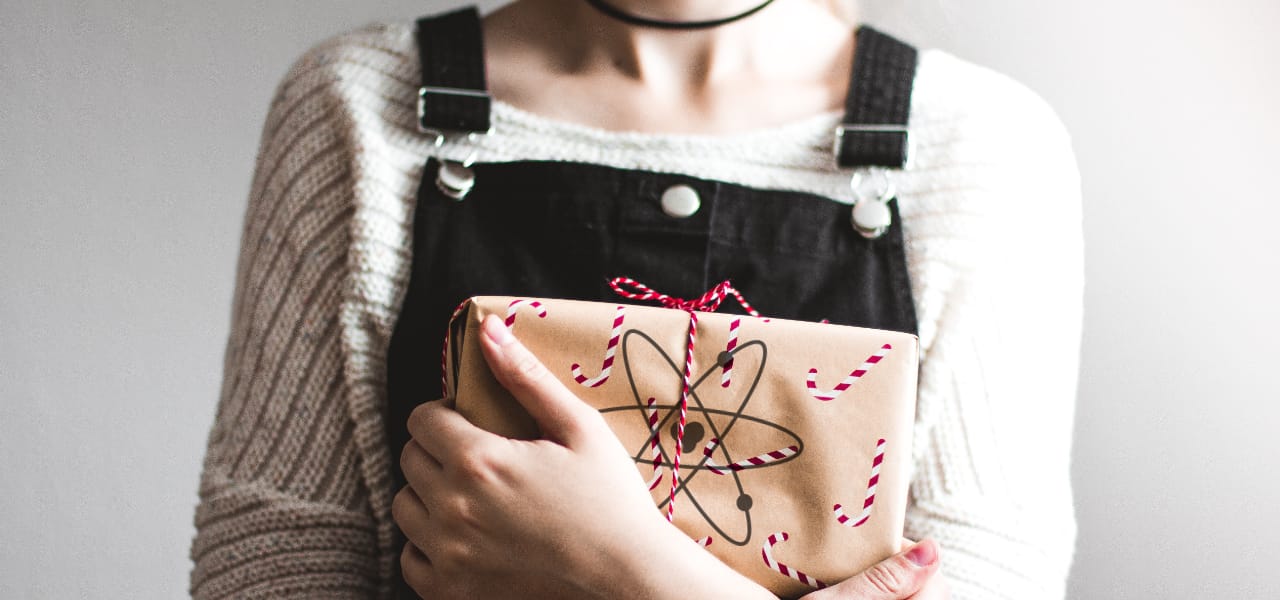Neutralino Build-Automation for macOS, Linux and Windows App-Bundles.
This set of scripts replace the neu build command for macOS-, Linux and Windows-builds. Instead of plain binaries, it outputs ready-to-use app-bundles.
The macOS build-script solves the problem, that Neutralino only produces plain macOS binaries and not macOS AppBundles. These files cannot be signed and notarized. build-mac.sh generates valid AppBundles which pass Apple's notarization process successfully :-
Copy all, except neutralino.config.json (which is just an example) to your project's root folder. The scripts are tested under macOS and should also run on Linux or Windows/WSL.
Install jq, which is required for parsing JSON files:
# On macOS:
brew install jq
# On Linux or Windows/WSL:
sudo apt-get install jqIf your are a Mac-user and never heard of Homebrew, visit https://brew.sh
Add this to your neutralino.config.json:
"buildScript": {
"mac": {
"architecture": ["x64", "arm64", "universal"],
"minimumOS": "10.13.0",
"appName": "ExtBunDemo",
"appBundleName": "ExtBunDemo",
"appIdentifier": "com.marketmix.ext.bun.demo",
"appIcon": "icon.icns"
},
"win": {
"architecture": ["x64"],
"appName": "ExtBunDemo",
"appIcon": "icon.ico"
},
"linux": {
"architecture": ["x64", "arm64", "armhf"],
"appName": "ExtBunDemo",
"appIcon": "icon.png",
"appPath": "/usr/share/ExtBunDemo",
"appIconLocation": "/usr/share/ExtBunDemo/icon.png"
}
}If you are unsure where to add, examine the example neutralino.config.json, included in this repo.
./build-mac.shThis starts the following procedure:
- Erase the target folder ./dist/APPNAME
- Run
neu build - Execute
preproc-mac.sh - Clone the app-bundle scaffold from
_app_scaffolds/macand adapt it to your app. - Copy all resources and extensions to the app-bundle.
- Execute
postproc-mac.sh
All build targets are created in the ./dist folder.
Because the macOS-platform consists of 3 binary architectures, you might want to add different resources after the app has been built. That's what postproc-mac.sh is for. Just add your custom code there and you are good to go.
If you need to prepare platform-specific resource before bundling starts, you can add your custom code to preproc-mac.sh.
Keep in mind that alle additional resources have to be copied to ${APP_RESOURCES}/, which resolves to MyApp.app/Contents/Resources. If you place them elsewhere, your signature or notarization might break.
The buildScript/mac JSON segment in the config-file contains the following fields:
| Key | Description |
|---|---|
| architecture | This is an array of the architectures, you want to build. In our example we build all 3 architectures. |
| minimumOS | The minimum macOS version. |
| appName | The app-name as displayed in the Finder. |
| appBundleName | The macOS app-bundle name. |
| appIdentifier | The macOS app-identifier. |
| appIcon | Path to the app-icon in .icns-format. If only the filename is submitted, the file is expected in the project's root. |
If you want to streamline your deployment process under macOS, you might also be interested in Sign and Notarize Automation from commandline.
./build-win.shThis starts the following procedure:
- Erase the target folder ./dist/APPNAME
- Run
neu build - Execute
preproc-win.sh - Copy all resources and extensions to the app-bundle.
- Execute
postproc-win.sh - Create the
install-icon.cmdhelper script from its template in_app_scaffolds/win/, if an app icon file exists.
The build is created in the ./dist folder.
In contrast to macOS, the whole process is straight-forward. The app-bundle is just a plain folder with the binary, resources.neu, the extensions-folder and WebView2Loader.dll. The DLL can be deleted, if you deploy on WIndows 11 or newer.
If you need to prepare platform-specific resource before bundling starts, you can add your custom code to preproc-win.sh.
You can also put custom code into postproc-win.sh to perform any action after the bundle has been built.
The buildScript/win JSON segment in the config-file contains the following fields:
| Key | Description |
|---|---|
| architecture | This is an array of the architectures, you want to build. Because Neutralino currently only support 'x64', you should leave this untouched. |
| appName | The app-name as displayed in the File Explorer, with or without .exe-suffix. |
| appIcon | Path to the app-icon in .ico-format. If only the filename is submitted, the file is expected in the project's root. The icon is copied from this path into the app-bundle. To apply the icon to the executable file, you'll have to run Resource Hacker from a Windows machine. To do so, just double-click install-icon.cmd in the app-bundle. |
The icon installer in action:
./build-linux.shThis starts the following procedure:
- Erase the target folder ./dist/APPNAME
- Run
neu build - Execute
preproc-linux.sh - Copy all resources and extensions to the app-bundle.
- Clones the .desktop-file from
_app_scaffolds/linuxto the app-bundle and adapts its content. - Execute
postproc-linux.sh
All build targets are created in the ./dist folder.
Because the Linux-platform consists of 3 binary architectures, you might want to add different resources after the app has been built. That's what postproc-linux.sh is for. Just add your custom code there and you are good to go.
If you need to prepare platform-specific resource before bundling starts, you can add your custom code to preproc-linux.sh.
The APP_NAME.desktop-file and the app icon have to be copied to their proper places, when you deploy your app.
The following paths are proposed:
| Resource | Path |
|---|---|
| Application Folder | /usr/share/APP_NAME |
| Application Icon | /usr/share/APP_NAME/icon.png |
| Desktop File | /usr/share/applications/APP_NAME.desktop |
The buildScript/win JSON segment in the config-file contains the following fields:
| Key | Description |
|---|---|
| architecture | This is an array of the architectures, you want to build. In our example we build all 3 architectures. |
| appName | The app-name as displayed in the File Explorer. |
| appPath | The application path without the executable name and without ending slash. |
| appIcon | Path to the app-icon in .png- or svg-format. If only the filename is submitted, the file is expected in the project's root. The icon is copied from this path into the app-bundle. |
| appIconPath | This is the icon's path after the has been installed on a Linux system. That path is written to the .desktop-file. |
Calling sudo ./install.sh from your build folder automatically installs the app to the locations you defined.
